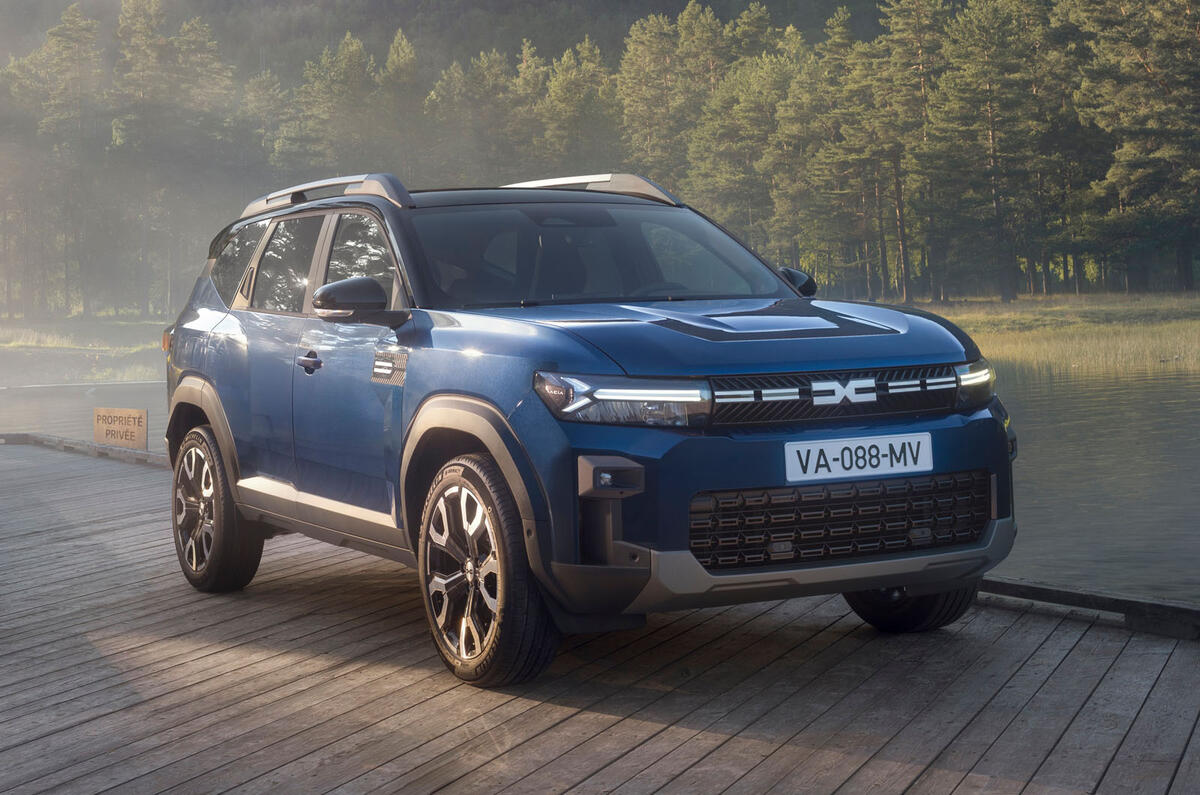Dacias are so much more affordable than their rivals because they are designed, engineered and produced differently.
Parts prices are set from the start, rather than at the end, allowing them to be designed and sourced accordingly and costs to be controlled. Cars are then not overloaded with kit, offering only what Dacia CEO Denis Le Vot calls the “essentials”.




Add your comment